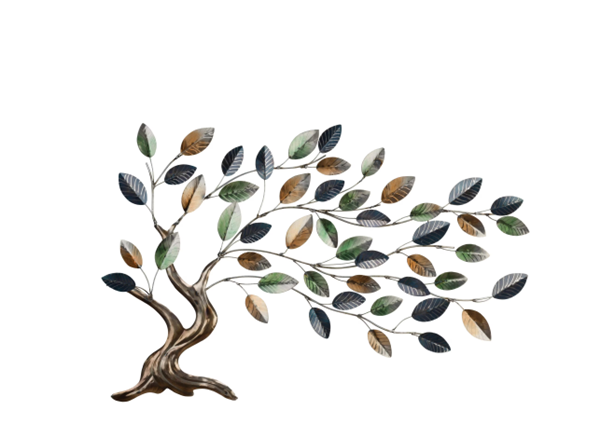
Metal sculpture is a captivating art form that combines creativity, technical skill, and a deep understanding of materials. Artists who specialize in this medium create stunning works that can range from small, intricate pieces to monumental installations. But how do artists make metal sculptures? This article explores the various techniques, tools, and processes involved in the creation of metal sculptures, shedding light on the artistry and craftsmanship behind this fascinating discipline.
Understanding the Materials
The first step in creating a metal sculpture is selecting the right type of metal. Artists often choose from a variety of metals, including steel, bronze, aluminum, and copper, each offering unique properties and aesthetic qualities.
Steel is favored for its strength and durability, making it ideal for large outdoor sculptures.
Bronze is known for its rich color and ability to capture fine details, often used for smaller, intricate works.
Aluminum is lightweight and resistant to corrosion, making it suitable for both indoor and outdoor pieces.
Copper develops a beautiful patina over time, adding character to sculptures.
Understanding the properties of these metals helps artists decide which material best suits their vision.

Techniques for Metal Sculpture
Artists employ various techniques to shape and manipulate metal into sculptures. Here are some of the most common methods:
1. Welding
Welding is a fundamental technique in metal sculpture, allowing artists to join pieces of metal together. There are several types of welding, including MIG (Metal Inert Gas), TIG (Tungsten Inert Gas), and stick welding. Each method has its advantages, and artists choose based on the specific requirements of their project.
Welding not only provides structural integrity but also allows for creative expression, as artists can create complex forms by combining different metal pieces.
2. Casting
Casting is another popular method, particularly for creating detailed sculptures. In this process, molten metal is poured into a mold to take on the desired shape. Artists often use lost-wax casting, where a wax model is coated in a ceramic shell. Once the shell hardens, the wax is melted away, leaving a cavity for the molten metal. This technique is especially common for bronze sculptures, allowing for intricate details and smooth finishes.
3. Forging
Forging involves heating metal until it becomes malleable and then shaping it using hammers or presses. This technique is often used for creating organic forms and textures, as the artist can manipulate the metal while it is hot. Forging requires a high level of skill and experience, as the artist must understand how the metal behaves at different temperatures.
4. Fabrication
Metal fabrication is a more modern approach that involves cutting, bending, and assembling metal sheets or rods. This technique often utilizes tools like plasma cutters, laser cutters, and CNC machines to achieve precise shapes and designs. Fabrication allows for a high degree of customization and is often used in contemporary metal sculpture.
Tools of the Trade
Artists use a variety of tools to create metal sculptures, each serving a specific purpose. Some essential tools include:
Welding machines: For joining metal pieces together.
Angle grinders: For cutting and smoothing metal surfaces.
Hammers and chisels: For shaping and detailing.
Plasma cutters: For precise cutting of metal sheets.
Molds: For casting processes.
Having the right tools is crucial for artists, as it enables them to execute their vision effectively.
The Creative Process
Creating a metal sculpture is not just about technical skills; it also involves a significant amount of creativity and planning. Artists often start with sketches or models to visualize their ideas. This initial phase allows them to experiment with different forms and compositions before committing to the final piece.
Once the design is finalized, artists move on to the actual construction, which can be a time-consuming process. Depending on the complexity of the sculpture, it may take weeks or even months to complete. Throughout this time, artists must remain flexible, as they may encounter challenges that require them to adapt their original plans.

Conclusion
The process of making metal sculptures is a fascinating blend of art and science. From selecting the right materials to employing various techniques and tools, artists pour their creativity and skill into every piece they create. Whether through welding, casting, forging, or fabrication, each method offers unique possibilities for expression.
As we admire metal sculptures in galleries and public spaces, it’s essential to appreciate the intricate processes and dedication that go into their creation. Understanding how artists make metal sculptures not only enhances our appreciation of the art form but also inspires future generations of artists to explore the limitless possibilities of metal as a medium.












